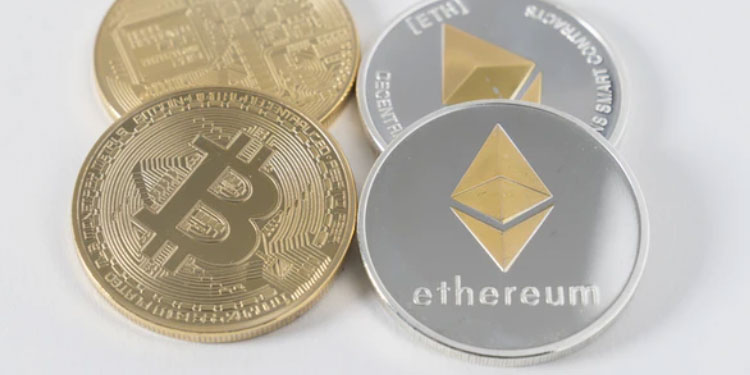There is no doubt that cryptocurrencies will continue to play a crucial role in modern financial trading in many years to come. Consequently, trading methods are taking new turns to cater to the many needs of traders and investors. One of these methods is CFD trading. The contract for differences (CFDs) are financial instruments that pay the differences in the settlement price between open and closing trades. CFDs are prevalent trading instruments used by experts and beginners, and if you are looking to understand this derivative product, read on. This article will cover the Ethereum CFD, its trading strategies, and what to look out for when choosing a broker for your trading.
What is Etherum, and how does it work?
Vitalik Buterin created ethereum in 2013, which went live two years later. With less than a decade in existence and over a 1000% rise in growth, ethereum sets itself as a highly dependable platform for creating a variety of decentralized applications (dApps). The digital coin of the platform is “Ether.” It can speed up the decentralization of the world economy and influence a good number of other applications. Ethereum is a decentralized system that depends on thousands of autonomous computers worldwide to facilitate transactions. Each computer holds a copy of the blockchain; there has to be an agreement to effect the network changes.
The blockchain technology adopted for bitcoin is the same as that of ethereum. However, it comes with an expansion to allow for digital applications — these applications do not require human engagements to perform their functions. The ethereum applications cut across various industries, including security programs, messaging apps, and payment methods using the ether.
As seen with other cryptocurrencies, ether uses a shared digital ledger to record and monitor transactions. The ledger is publically accessible, fully transparent, and very complex to modify sequentially.
What is Ethereum CFD trading?
Investors do not necessarily have to be on the network to trade ethereum CFDs allowing you to trade on the price of an underlying asset without the obligation of owning the asset. Ethereum CFDs are subject to considerable speculation with little support of historical data, making them a very volatile asset.
If you are a beginner, you’d want to start with a demo account, as volatility can sometimes work against your trade. It is observed that investors are always pricing a more significant percentage move in ether than bitcoin, which implies a surge in the volatility spread.
CFDs provide leverage, which allows investors to trade with little capital (margin). A trade can profit from going long (buy) or short (sell) when trading ethereum CFDs.
However, the downside of trading ethereum with leverage is that it exposes traders to enormous price changes. In this case, smart traders will set stop losses to protect themselves against sudden price reversals.
Crypto CFDs grant investors the opportunity to speculate on price movements without owning the underlying ether. Given that you don’t have the actual coin, you can speculate on rising or falling prices to make profits.
Differences Between Ethereum and Bitcoin
Bitcoin and ethereum are two of the world’s biggest cryptocurrencies. While they share a lot in common, here are some of their most significant differences.
Goals and Objectives
As stated earlier, ethereum relies on the same blockchain technology as bitcoin to serve as a platform for creating decentralized apps (dApps).
In other words, Ethereum seeks to be a platform upon which smart contracts and decentralized apps can efficiently run. On the other hand, bitcoin can be seen as digital gold or globally approved currency that could augment or serve as conventional money.
Available Coins
Supply is another critical difference between bitcoin and ethereum. Bitcoin is capped at 21 million ever to be produced, while ethereum doesn’t have any specific quantity to be produced. Bitcoin and ethereum deploy a system called mining for their productions. However, plans are in place to shift Ethereum production to a more environmentally friendly technique called the proof of stake model.
Final Words
Ethereum plays second to the world’s first and most vital cryptocurrency, bitcoin. While several factors influence its price, it remains a profitable avenue for traders looking to increase their portfolio. The factors that drive ether prices include government regulations, availability, technology advances, and widespread availability.
